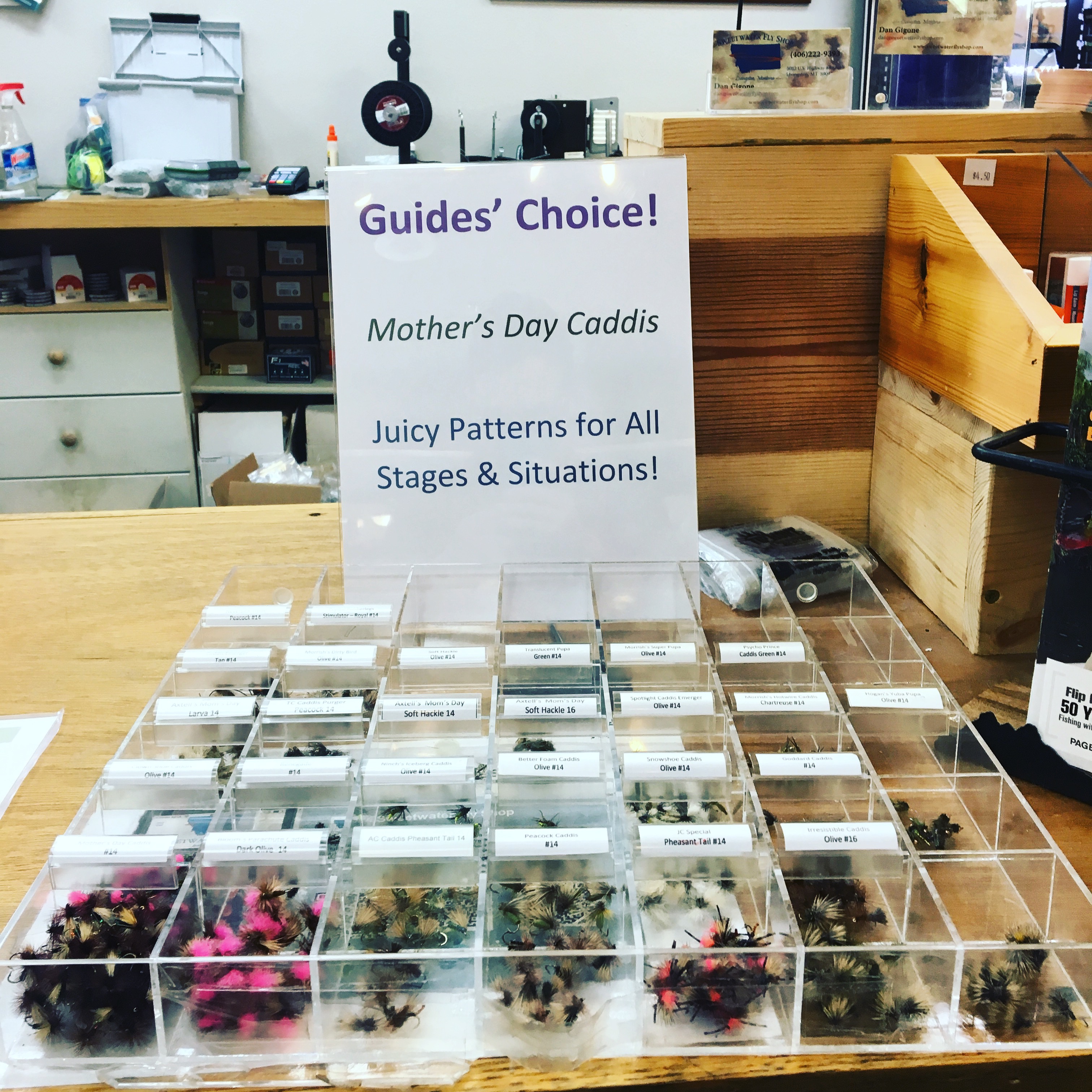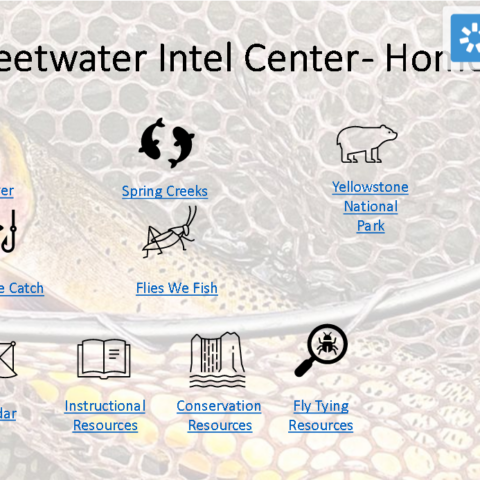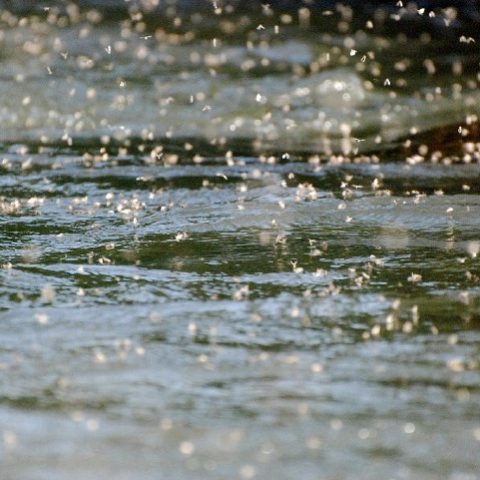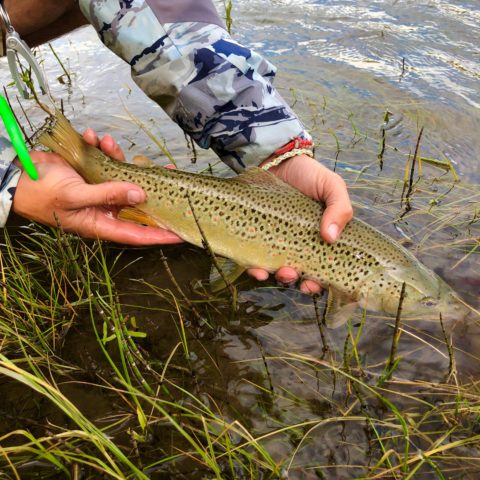
What with all of the weird “spring” weather we’ve had, we’re hearing all kinds of speculation about the highly anticipated Mother’s Day Caddis hatch on the Yellowstone River. If you looked at the river this morning, its resemblance to green tea with a bit of milk added might have you thinking (as some are) that we are going to be lucky to get any caddis dry fly fishing at all this year. But I beg to differ, despite my constitutional pessimism. Temperatures for the rest of the week and this weekend are predicted to be warmer, but not hot. And the nights remain cool, cold even. The water itself peaked in the mid-50s last weekend, just the temps that tend to get the big hatch started. The river has cooled again with yesterday’s return to winter, but should start rising again. To me, this all adds up to almost a “perfect storm” of conditions to get the bugs moving without a premature transition straight into runoff. I may be proven very, very wrong, but there’s no harm in hoping, is there?
For full disclosure, the Shields River just east of Livingston is already very high and is pumping mud into the main river. So your caddis hatch fishing is most likely going to be farther upstream in the Paradise Valley. But it’s hard to complain about getting in some early season dry fly fishing in such a spectacular setting. And if you’ve never experienced the Mother’s Day caddis hatch, you really should. Just seeing so much bug life in the air, in the bank-side willows, and on the water itself is a marvel. Truthfully, it can often be frustrating fishing, with so many naturals for the fish to choose among (and to make your own imitation indistinguishable). But keep casting and you’ll eventually find some takers.
Most folks think of the Mother’s Day hatch as a dry fly event, but like most hatches it’s truly a progression. Trout will eagerly take caddis pupa patterns before (and during) the hatch itself, and will often show a preference for an emerger over a “traditional” dry fly. So why not fish a double-fly rig with a caddis dry and an emerger or lighter pupa as a dropper? And if you’re having trouble seeing your fly among the real bugs, try dropping the dry from a bigger, more visible attractor dry. Not only will the larger pattern give you a better idea of your caddis imitation’s vicinity, it serves as an “indicator” if your fly gets eaten and sometimes the fish will take the attractor itself, as if they’re tiring of the same old meal. We’ve had our guides pick out a bunch of favorite patterns for the hatch, so come on in to Sweetwater Fly Shop and let us fix you up!
So prepare to get out and fish this amazing hatch. It won’t last long, and you know what’s coming next. We’ll try to post regular updates as things get going (if my bet pays off, that is).
Just as a teaser, here’s a short video from last year’s Mother’s Day caddis hatch, where if you look closely you can see the veritable swarm of bugs (and a brown trout that wasn’t sufficiently careful about his meal choice):
0



Leave a Reply
You must be logged in to post a comment.